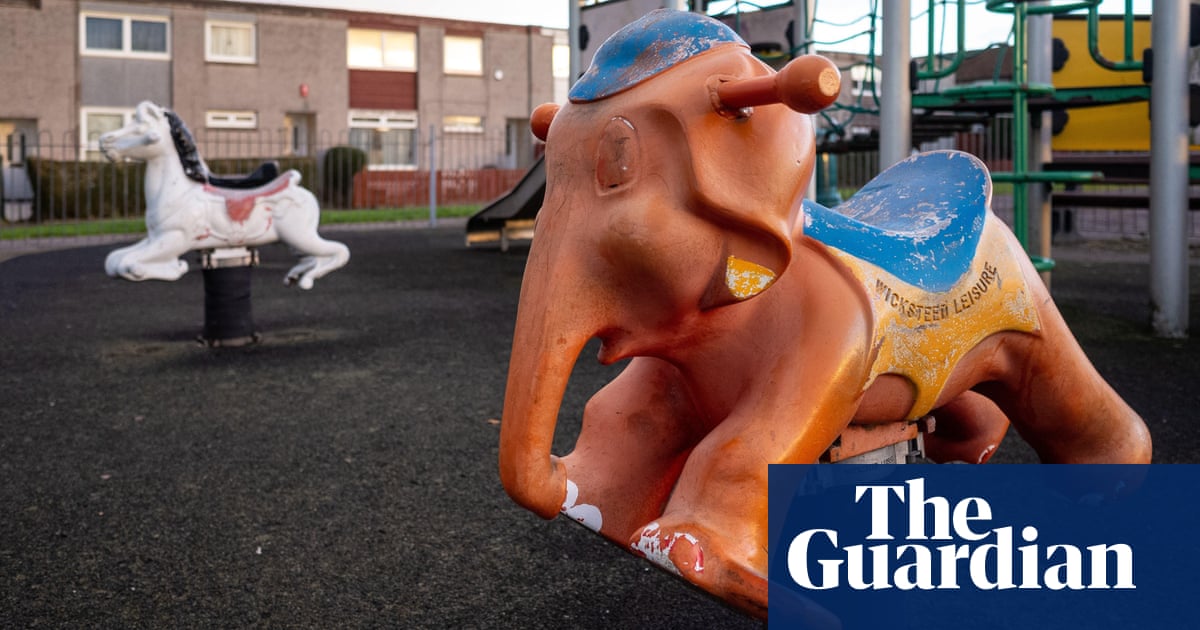Photo credit: www.theguardian.com
Rising Poverty Levels in the UK: A Deepening Crisis
Recent findings highlight a troubling escalation in poverty across the UK, revealing that over one-third of children and a quarter of adults are now living in poverty. This alarming trend marks the highest levels of deprivation recorded in the 21st century, as reported in a pivotal study.
The research conducted by the Social Metrics Commission (SMC) employs a comprehensive definition of poverty that has recently been embraced by government authorities. The study attributes the continuing crisis to a cost of living surge, which has resulted in an additional 2 million individuals experiencing severe economic hardship since 2019.
According to the report, more than 16 million people in the UK now fall below the poverty line, constituting approximately 24% of the overall population—the highest figure since record-keeping began in 2000.
Children have been the primary demographic affected, with the report indicating a notable rise of 260,000 children entering poverty since the onset of the COVID-19 pandemic. Currently, a staggering 5.2 million children, or 36%, are now categorized as living in poverty.
This situation has intensified discussions around government policies, particularly the two-child benefit limit. Of the children experiencing poverty, over half (55%) belong to families with three or more children. Notably, around one-fourth of these children live in families with only one child, mirroring this percentage in two-child households.
Graph illustrating UK poverty rates for various age categories from 2002-03 to 2022-23
Labour leader Keir Starmer has faced pressure to reconsider the two-child policy introduced by former Chancellor George Osborne. Starmer’s stance is to maintain the policy, citing concerns over the fiscal implications of removing it, which would require finding funding for a £3 billion annual expense. In response to growing concerns, the Prime Minister established a child poverty taskforce earlier this year.
The SMC report is notable for its methodology, assessing a family’s overall resources as opposed to merely their income, offering a more nuanced understanding of poverty in the UK.
In June, the previous Conservative administration revealed intentions to adopt a more inclusive definition of poverty dubbed “below average resources,” taking into account unavoidable expenses such as childcare, the added costs associated with disabilities, housing, and liquid assets. This updated measure reveals that 1.6 million more children are affected by poverty than previously identified under the existing criteria.
The study highlights a significant decline in living standards, presenting the most substantial downturn since the mid-20th century as both the pandemic and geopolitical tensions have led to soaring prices for essential goods.
The SMC, an independent and non-partisan body created in 2016, seeks to innovate how poverty is measured in the UK. Its commissioners include leading figures from various organizations, such as the Sutton Trust and the Trussell Trust, reflecting a commitment to accurate assessment and advocacy for change.
Philippa Stroud, chair of the SMC, commented on the sobering data, pointing out that while poverty rates have reached unprecedented levels, they have consistently remained above 21% since the 2000s, indicating a long-standing challenge in addressing the issue across society.
Stroud expressed hope for collaboration among individuals and organizations in society to devise strategies that can effectively reduce poverty rates sustainably.
Additionally, the report reveals a concerning increase in poverty among disabled individuals, with numbers climbing by 1.8 million since 2019, culminating in a total of 8.7 million. Over half of those experiencing severe hardship currently reside in households that include a disabled person.
Surprisingly, nearly 10% of those in poverty come from families where at least one member works full-time, suggesting the pervasive impact of inflation on economically active individuals. Altogether, about 5 million individuals in poverty reside in households with part-time or full-time workers.
Graph depicting poverty rates among various family structures
Helen Barnard, policy director at the Trussell Trust, which operates over 1,400 food banks across the UK, voiced particular concern over the increasing number of children living in poverty. She emphasized that these figures resonate with the growing demand for assistance at food banks, as many families struggle to meet basic needs.
Barnard asserted that current income levels and benefits are insufficient to counterbalance the ongoing inflation, stressing the need for a comprehensive strategy aimed at eliminating food bank reliance through enhanced social security investment. The Trussell Trust reported delivering over 3 million emergency food parcels in the year leading up to March 2024, nearly double the tally from five years ago, with more than 1 million parcels specifically for children.
Barnard highlighted children under the age of four and individuals with disabilities as particularly vulnerable to food insecurity. She noted that while the government has initiated some positive measures, a cohesive and actionable plan is essential for addressing the root causes of food insecurity.
The Department for Work and Pensions (DWP) has been contacted for insights regarding these findings.
Source
www.theguardian.com

